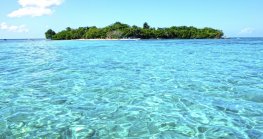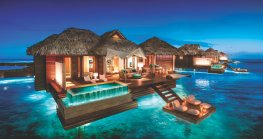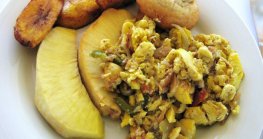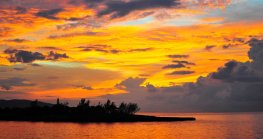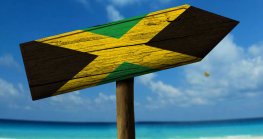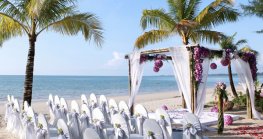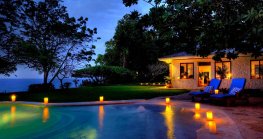5 fascinating historical facts about Montego Bay
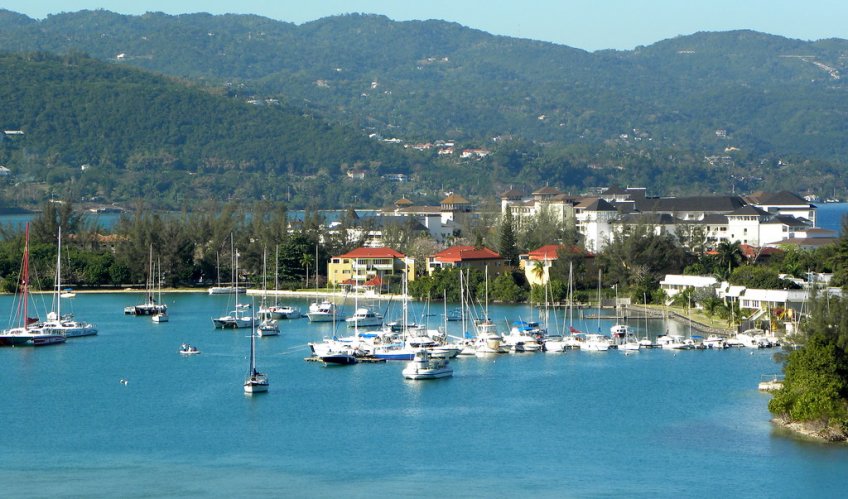
Montego Bay, the second-largest city in Jamaica, is renowned for its exquisite beaches and vibrant culture.
It proudly bears the distinction of being the island's tourism epicenter.
However, beneath its surface lies a rich history, an array of thrilling tourist attractions, and a favored destination for celebrities from across the world.
Perhaps you've never paused to reflect upon the intriguing history of this dynamic city that you eagerly revisit year after year.
Well, it's time to uncover the past.
Here are five fascinating historical facts about Montego Bay that you should know. 
Sam Sharpe Square
Sam Sharpe Square is an important spot in Montego Bay.
It got its name after one of Jamaica's national heroes - Sam Sharpe.
This square once served as a haunting reminder of the city's dark history as it was the site for the sale of enslaved people.
But now, it's a happy place where people enjoy watching street performances.
National Gallery of Jamaica West
The National Gallery of Jamaica West, formerly Montego Bay Civic Center, used to be a courthouse and a jail.
But today, it's a museum.
Inside, you can learn all about Jamaica's history and culture.
It's like a time machine that takes you back to the old days and helps you understand how Montego Bay has grown and changed.
How Montego Bay got its name
Have you ever wondered how this city got its name?
Well, it used to be called 'Bahía de Manteca,' which is a fancy Spanish way of saying 'Bay of Lard.'
Why you ask?
It's because Montego Bay was good at exporting pigs and lard during colonial times.
So, its name tells a story about its history in trading and farming.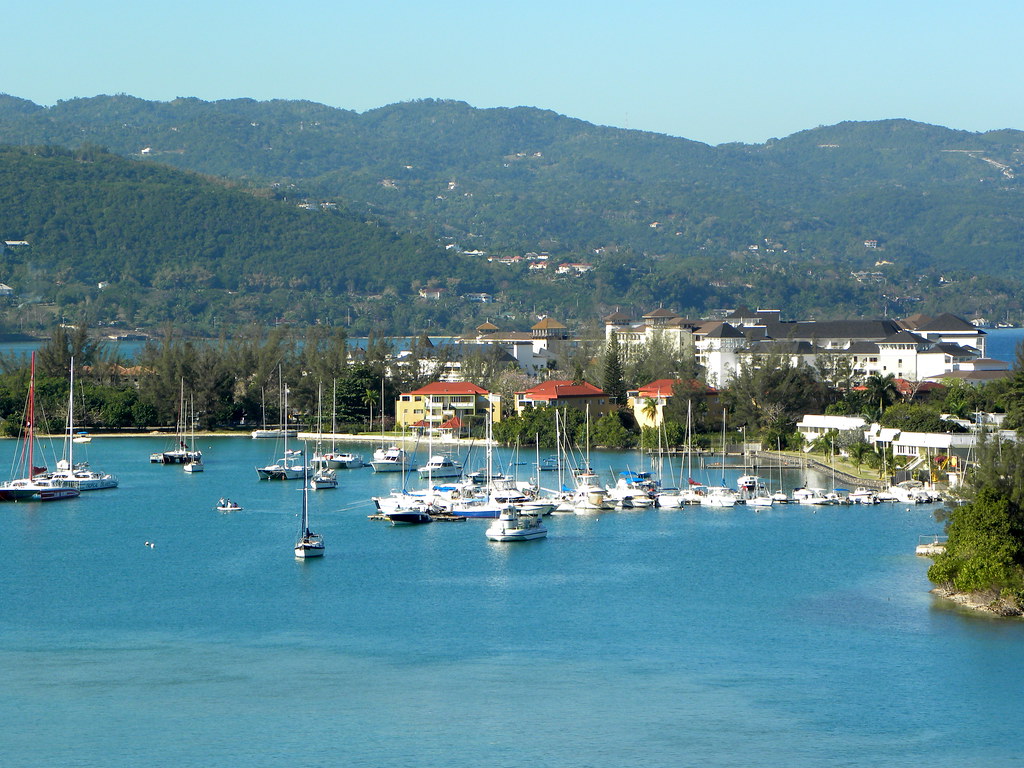
Fort Montego
Fort Montego, located about half a mile from the city, played a crucial role in safeguarding Montego Bay from external threats like pirates from France and Spain.
Built on a bluff overlooking Meager Bay and River Bay (which have since been filled in for modern development), the fort was one of many strategically positioned along the coast.
Montego Bay becoming a city
In the 1960s, Montego Bay was transformed with the dredging of its bay and the construction of the Montego Bay Freeport.
This development transformed the city into a bustling business district.
Then, on May 1, 1981, Montego Bay achieved city status through an act of parliament, making it the second city in Jamaica after Kingston.
Visit Montego Bay
The next time you visit Jamaica, you might discover yourself observing Montego Bay's landscapes and landmarks with a newfound appreciation for its captivating history.
And if Montego Bay is your vacation destination, explore Jamaica Experiences for cool things to do in this lively city.
© 2019 Jamaica Experiences All Rights Reserved





